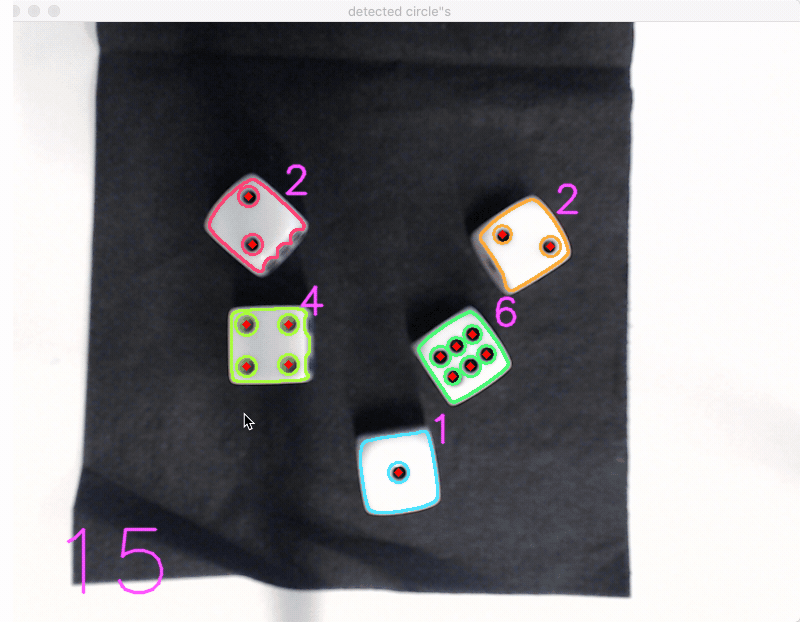Because I am going to be creating an embedded device I needed to order parts for the final project. I did that this week and they should be arriving very soon. I am then going to have it breadboarded by tuesday and begin assembling the board.
Month: April 2019
Final project progress: Accessibility Glove
This is the progress I’ve made so far on the accessibility glove. I hooked up an fsr with some wires and a female header and sewed/taped it to the finger. When I press (with a little bit of force), the serial monitor displays “Finger 1 is on!” Going forward, I’m going to try to sew all the components on using conductive thread.
Final update
Here’s the Max Patch that I’ve started working on as it’s communicating with Unreal Engine:
As of now, my breadboard isn’t yet communicating with Max wirelessly. Once I do that, I’ve finished this portion of the project.
I’ll likely find 1/2 more old electronic things. Then I need to figure out + order the small wireless microchips that I’m going to put into each makeshift controller.
Final Project Update
For my project proposal, I set up a Max patch with a bunch of cool guitar effects that I could run my guitar signal through. To create a guitar pedal that can manipulate these effects, I first need to find a way to get my ESP8266 to control these effect parameters in Max. I initially thought that Open Sound Control would work for this. Looking online, I saw similar projects that used the iPhone Touch OSC app to control Max. However, I wasn’t able to get Max to get input from the Touch OSC app. I also looked into the OSC for Arduino library but didn’t find anything similar to my project. I am currently still looking for a method.
Final Project Guitar Tuner Update
This past week I’ve been playing around with the code a lot since it’s honestly something I’m not good at. I wired up my breadboard and I used a simple code where the Potentiometer turns on one led at a time, at different positions.

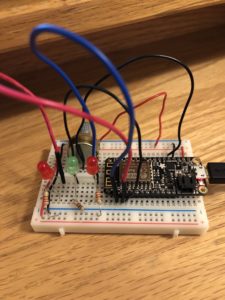
I know that you can use serial communication between the ESP and P5, so that is something that I would want to work on by next week, since I will have the instrument cable to usb by Sunday. Also the frequency reading would be a lot more accurate because of the isolation of the guitar sound from all the background sound. After getting all the code and communication done, I want to build some kind of boxing for this so that there aren’t wires flying all around and so it would look a lot nicer.
Final Project Update
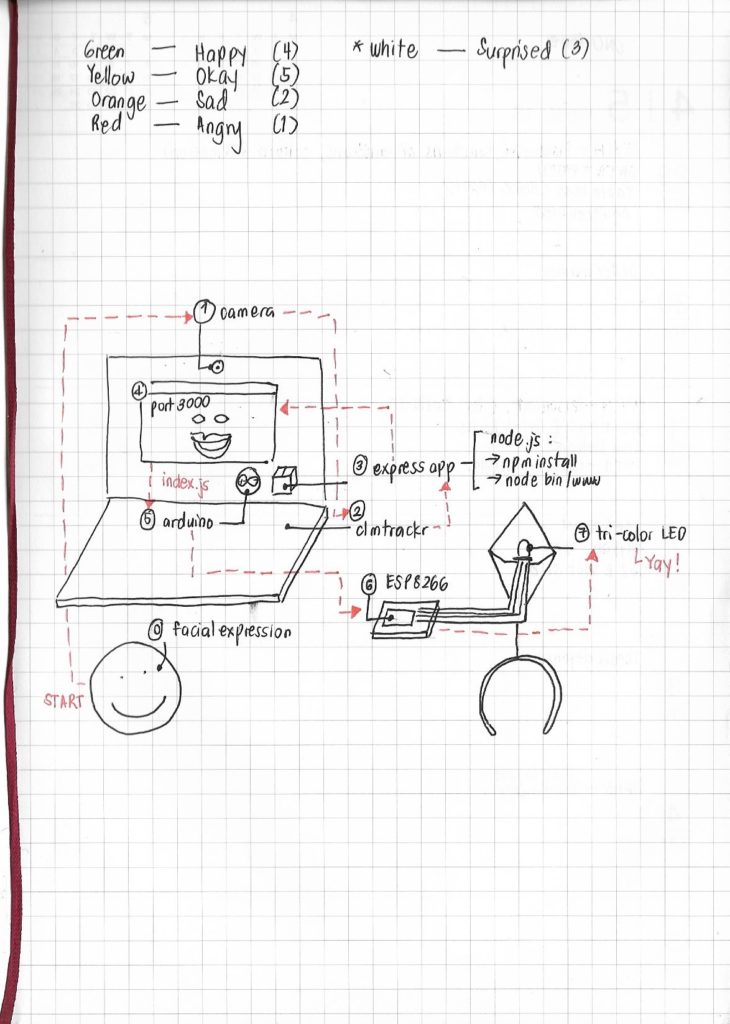
This week, I wrapped my head around the communication that goes between the clm library, express app, arduino, and the microcontroller. Moving forward, I will focus on building the physical aspect of my plumbob and making the connection wireless.
Final Project Update – Gambling Lamp
Prototyping Update – 20190425
I’m fascinated by gambling concept, which depends on luck and we do not have control over it. Though most of the time it is a random event that it is theoretically equal possibility to get any result which might be good or bad. Some people believe that they are born with good or bad luck. So I start my idea with a gambling lamp, which is a lamp plus camera and three dices. If you want to change the brightness of the lamp, you have to roll the dice and the camera will pick up the number you get and sum them up to set the brightness of the lamp.
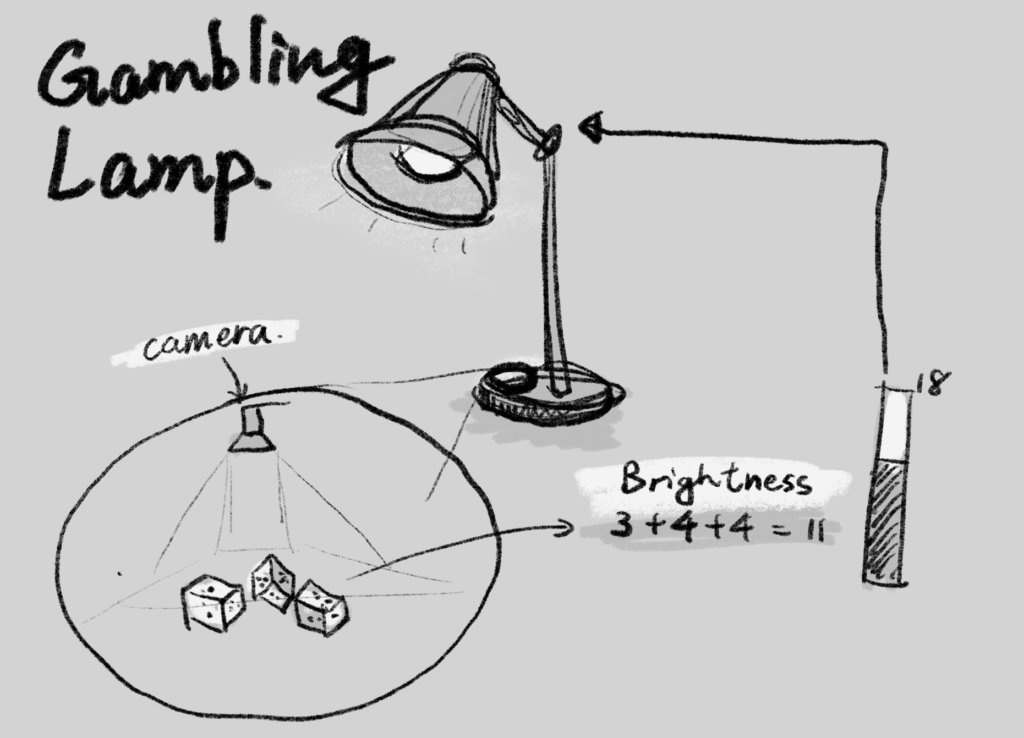
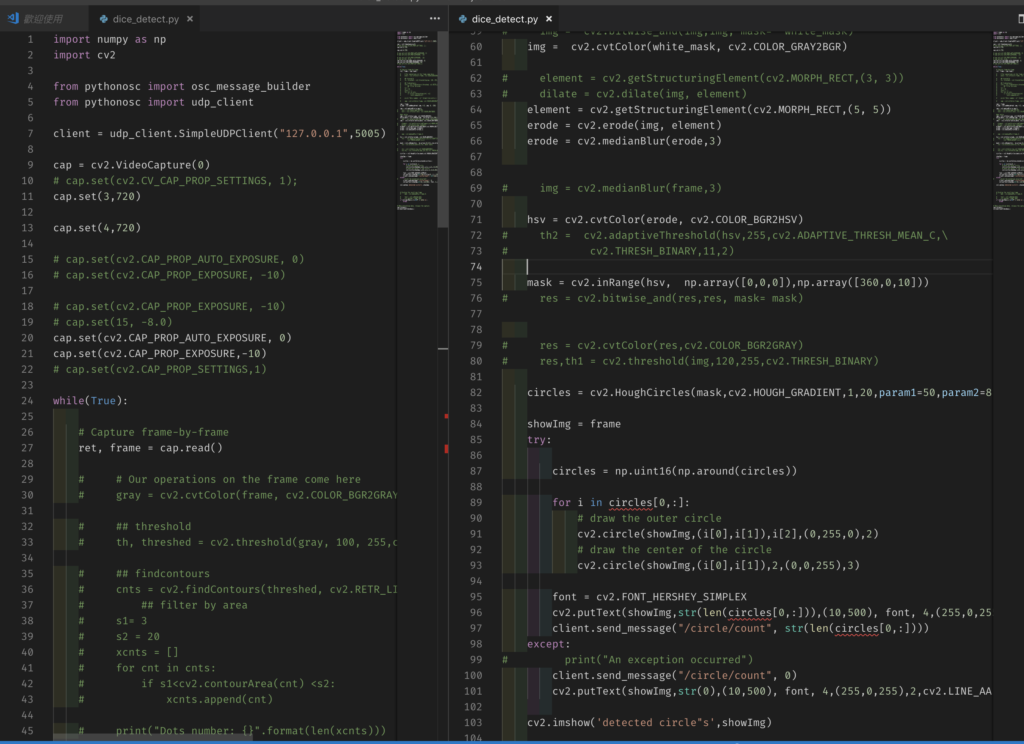
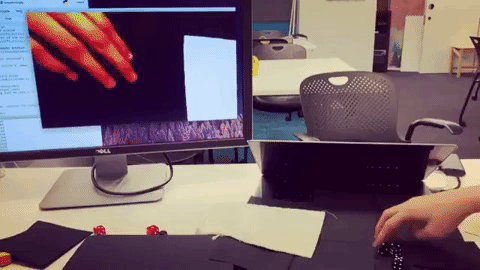
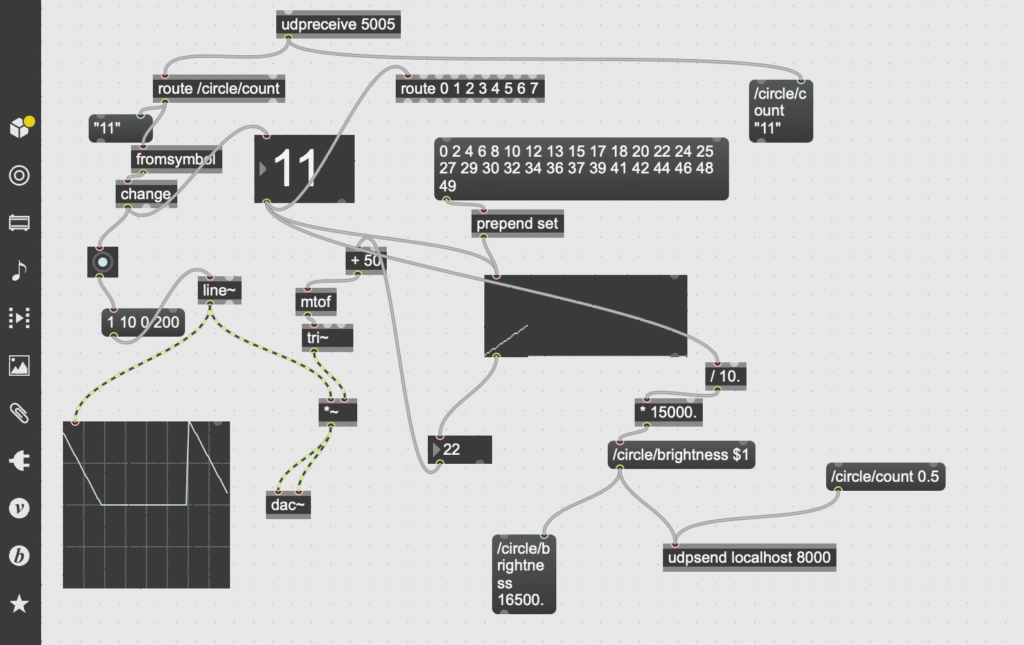

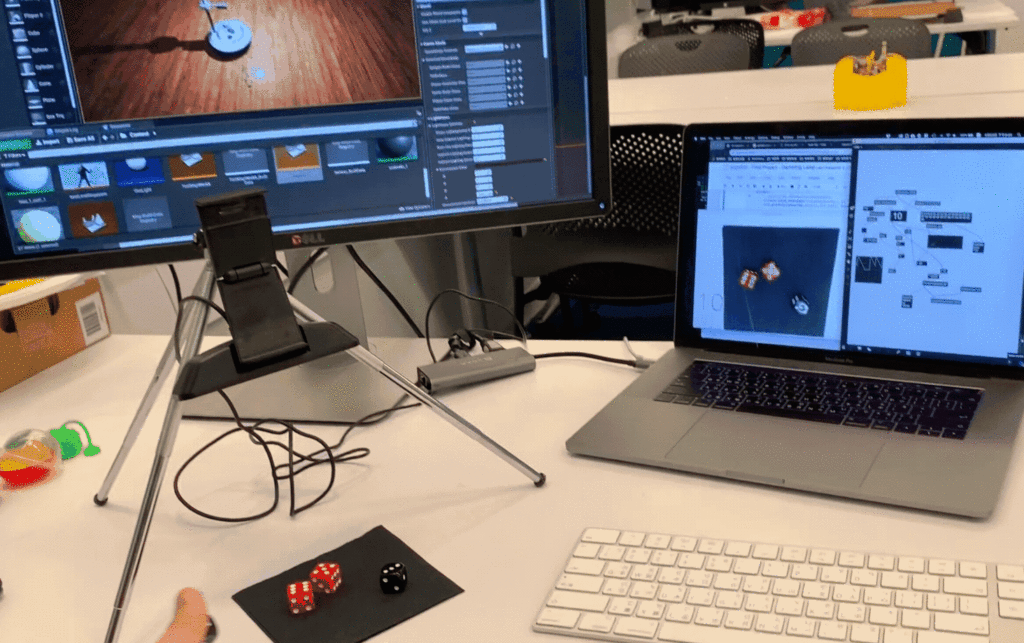
0503 Update – Multi-dice detection
After demoing in expo 74 science fair, I found that if I can only get total amount of the dice dots, it will be very boring and less control ability. Thus I play with contour detection. I grab out all the contours, make a masked image for each of them and count the dots inside each masked image. The result is great! There are some points worth mentioning – zero-dot areas and white area that are too big (over 1/20 of screen are width) e.g. the desk is hidden from the screen and data, which makes the dice control more stable.
